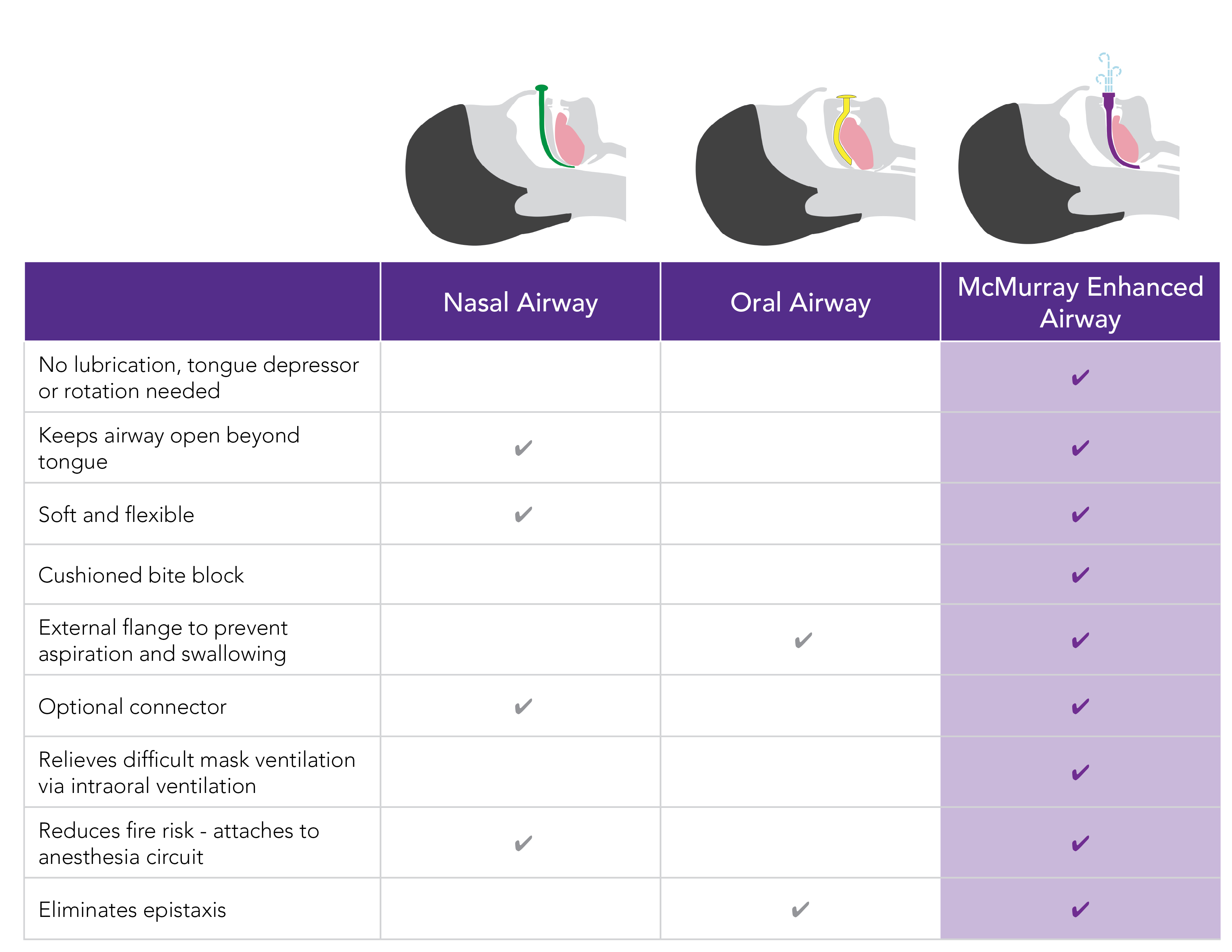Reinventing the Wheel: Introducing the Innovative McMurray Enhanced Airway
May 17th 2022
Airway management and the application thereof have seen little change in the past century. The McMurray Enhanced Airway (MEA) seeks to change this fact with the advent of an innovative distal pharyngeal airway. Designed by Roxanne McMurray, DNP, APRN, CRNA,an anesthesia professional, the MEA seeks to mitigate many of the frustrations that healthcare providers face when applying and using an airway on a patient while increasing patient comfort and reducing possible complications.
For emergency medical care providers, speed in securing an airway is an absolute necessity and the MEA seeks to offer a simplified approach that is stable and secure in trauma scenarios. Unlike traditional airways, the MEA does not require routine rotation or lubrication. The MEA is made of a smaller, more flexible tubing that can also be accommodated in narrow airway openings. Additionally, the length of the MEA is longer than other airways, which greatly reduces the need for chin lift or jaw thrust maneuvers. The airway can be placed in the midline of the mouth, follow the hard palate, and slide between the molars. EMS often faces challenges with mask ventilation for patients who have non-standard facial structures, such as those who have facial trauma, lack teeth, have a full beard, or are obese. The MEA offers an easy alternative method to improve oxygen saturation for these patients. Simply place the airway and then use the optional connector to secure a BVM to the airway. Once this has been achieved, manually close the mouth and nose of the patient while ventilating. The design of the MEA incorporates longer tubing, which assists in the displacement of redundant pharyngeal tissue that can block the airway of sedated or unconscious patients.
Patients will also notice a difference with use of the MEA. An integrated bite block shifts dental strain onto the molars, helping to decrease the risk of dental damage. This risk is further reduced by the flexible material of the airway, which additionally lessens throat irritation and minimizes patient coughing and gagging. This also makes it easier to remove the airway in the event that the patient regains consciousness during transport. The large flange design of the MEA also helps to stabilize the airway and limits the risk of interrupted airflow and the need for repeated application and subsequent airway trauma. Another issue that EMS providers have to consider with patients is bleed risk with the use of nasal airways, particularly with delicate patients, or those on anticoagulants or aspirin regimens. This risk is, of course, eliminated with the oral application of the MEA.
The MEA is currently available in a size 4, which corresponds to a standard size 9, 90mm or a yellow color-coded oral airway. The depth of the MEA can be further customized to fit the patient by adjusting the placement of the bite block. Designed for ease of use in all situations, the MEA is individually-packaged for convenience and compact storage. This airway is also packaged non-sterile and is designed for single patient use.
Comparing the McMurray Enhanced Airway to Other Airway Devices:



